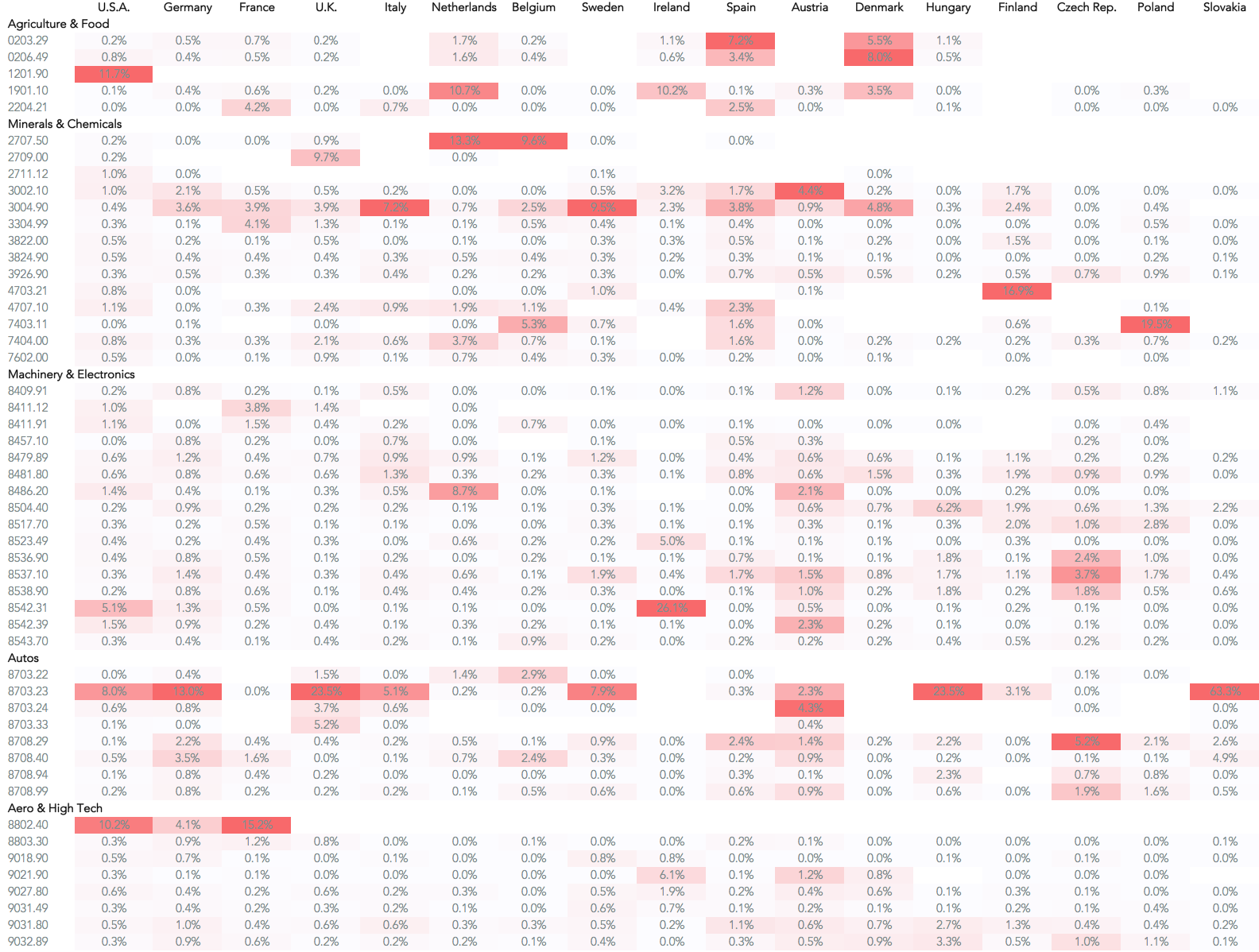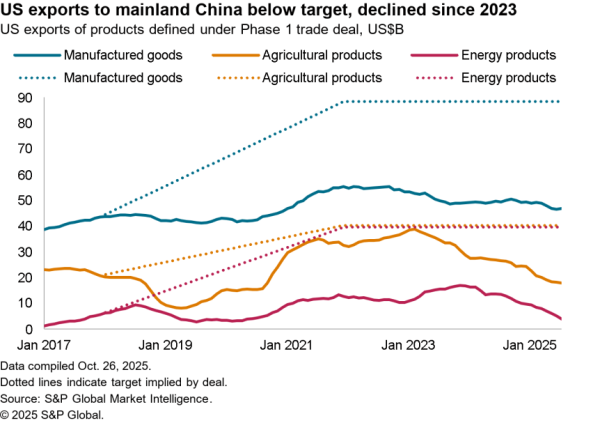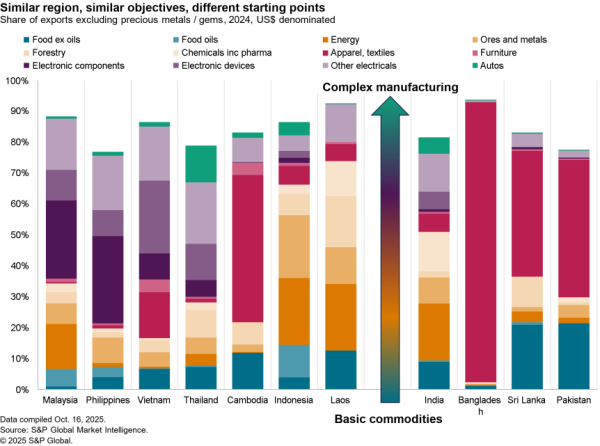The Chinese government has requested a WTO dispute panel against the European Union’s treatment of it as a non-market economy, with a hearing due on April 3. That comes just as U.S. official are prepared to issue a finding under WTO rules that China is not yet behaving as a market economy, the Wall Street Journal reports.
The move by China is not a surprise given its previous commentary, as outlined in Panjiva research of February 17. A move by the Trump administration at the WTO would be notable, however, given previous indications that they do not expect the U.S. to be bound by WTO decisions.
It would also come shortly before meetings between President Xi and President Trump due in the week from April 6. President Trump has indicated the talks will be “difficult”, though the Chinese government wants to be “great partners for cooperation”. Unfortunately that meeting also precedes a potential decision on currency manipulation by Treasury later in the month.
While the focus has so far been on areas where the EU and the U.S. want to cut Chinese exports, there is a risk that President Xi takes action on key export areas from the EU and U.S. to China in retaliation. At a minimum doors could be kept shut, for example on U.S. agricultural exports.
Panjiva analysis of 3,803 country-product pairs shows potential pinch points for the U.S. could include soybeans (11.7% of exports in the 12 months to January 31), aerospace (10.2%), autos (8.8%). While the European Union negotiates as a common market, there are significant national interests involved. Germany is most exposed to autos (13.0%), France to aerospace (15.2%) and Italy to pharmaceuticals (7.2%).

Source: Panjiva
Update: Report updated 3/31 for comments from President Trump and the Chinese government.




